The Pinacoteca Comunale di Faenza, the oldest museum in Romagna, has carried out major renovations and rearrangements in recent years, as well as an extensive campaign of restoration of works. In particular, the new layout of the rooms dedicated to the twentieth century and the Bianchedi Bettoli-Vallunga collection, donated to the museum in 2011 and counting a selection of the main artistic currents of the Italian twentieth century, was presented in early 2024. In what perspective has the Pinacoteca been renovated and how does it present itself at present? We talked about it with Roberta Bartoli, scientific director of the Pinacoteca Comunale di Faenza. The interview is by Ilaria Baratta.
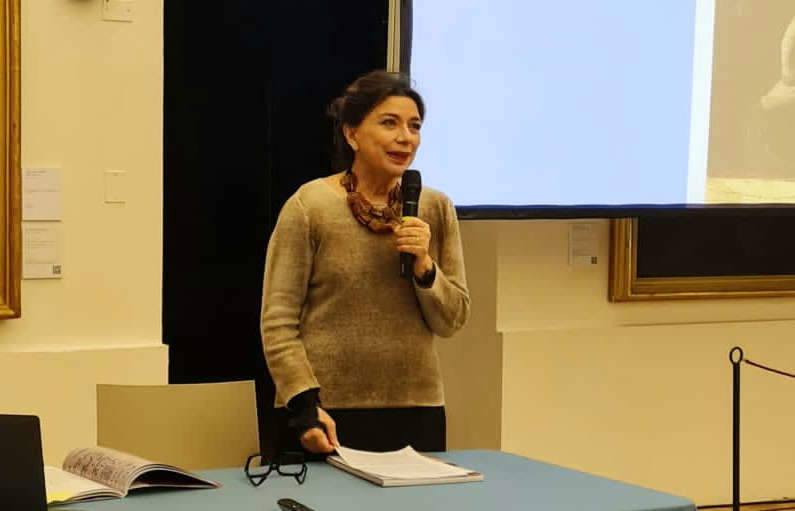
IB. Faenza was among the cities most affected by the flood that hit Emilia Romagna last year, in May, and now a year later, another flood has hit the region again. Was there any damage in the city’s museums as a result of the latter? What about the May 2023 flood, was the Pinacoteca Comunale di Faenza, which is the oldest museum in Romagna, affected by the difficult post-flood moment?
RB. Fortunately, the Pinacoteca had no material damage as a result of this second flood, since it is located in an area where the waters did not reach. However, it naturally had to observe the extraordinary closures imposed by the emergency. It was also not directly affected by last year’s flood (the water stopped a few hundred meters downstream), which, however, brought the city and its economy to its knees. Another aspect that is little considered is the surrounding area and connections. In fact, the landslides in the hilly area towards Brisighella and Marradi have created enormous difficulties in transportation, especially towards Florence, blocking the path to part of the tourist flows: the Passo della Colla road is still dotted with alternating one-way sections. In addition, the famous little train linking Faenza with Florence was stopped for many months, for ground tightness checks, then partially replaced with a bus+train system, however inconvenient and long. Now it has finally resumed travel almost as it did before the flood.
The Pinacoteca underwent a major renovation during the period of closure due to the health emergency from Covid, also redefining the spaces and layouts, which was followed by an extensive restoration campaign thanks to the contribution of the Emilia Romagna Region. Why were these interventions necessary? In what view of the museum?
The Pinacoteca is located in the 18th-century Jesuit convent in which the classical high school is also located. The rooms intended for use as a museum are largely historical, and adaptations must therefore respect its character and materials. For this reason, during the twentieth century, every intervention was directed to ensure the use of the spaces (electricity, heating, anti-theft system), at the same time with many limitations, also due to the technology of the time and the need to maintain openness to the public. The closure imposed by Covid allowed for the initiation of work that was difficult to conceive in normal times. Especially the large Medieval and Renaissance room, the first one visitors see upon entering, was rearranged just at that time with paneling to better distribute the paintings and a new LED lighting system. Two smaller rooms on the upper floor were also paneled and rearranged. These were important works that demonstrated the city administration’s renewed attention to the oldest museum in Romagna. The Emilia Romagna region then gave enormous impetus to this course with the restorations of no less than six panel paintings from the 15th and 16th centuries, among the most important in the collection, now all on display.
On the other hand, it is later, from early 2024, the new layout of the rooms dedicated to the twentieth century and the Bianchedi Bettoli-Vallunga collection, donated in 2011 to the museum and representing a selection of the main artistic currents of the Italian twentieth century. Is the layout of this section in line with the renovations mentioned earlier?
I would say yes. The works from the Bianchedi Bettoli-Vallunga donation are in two small rooms that do not have a historical character, so the arrangement of those spaces was fortunately less complex, although it involved a radical rethinking of the exhibition criteria. Thanks to the financial support of Bucci Industries and a grant from the Emilia Romagna Region, we were able to fix fixtures and curtains, redo the entire LED lighting system, better organize the arrangement of the works (with a more versatile system for hanging them) and provide them with the necessary educational apparatus.
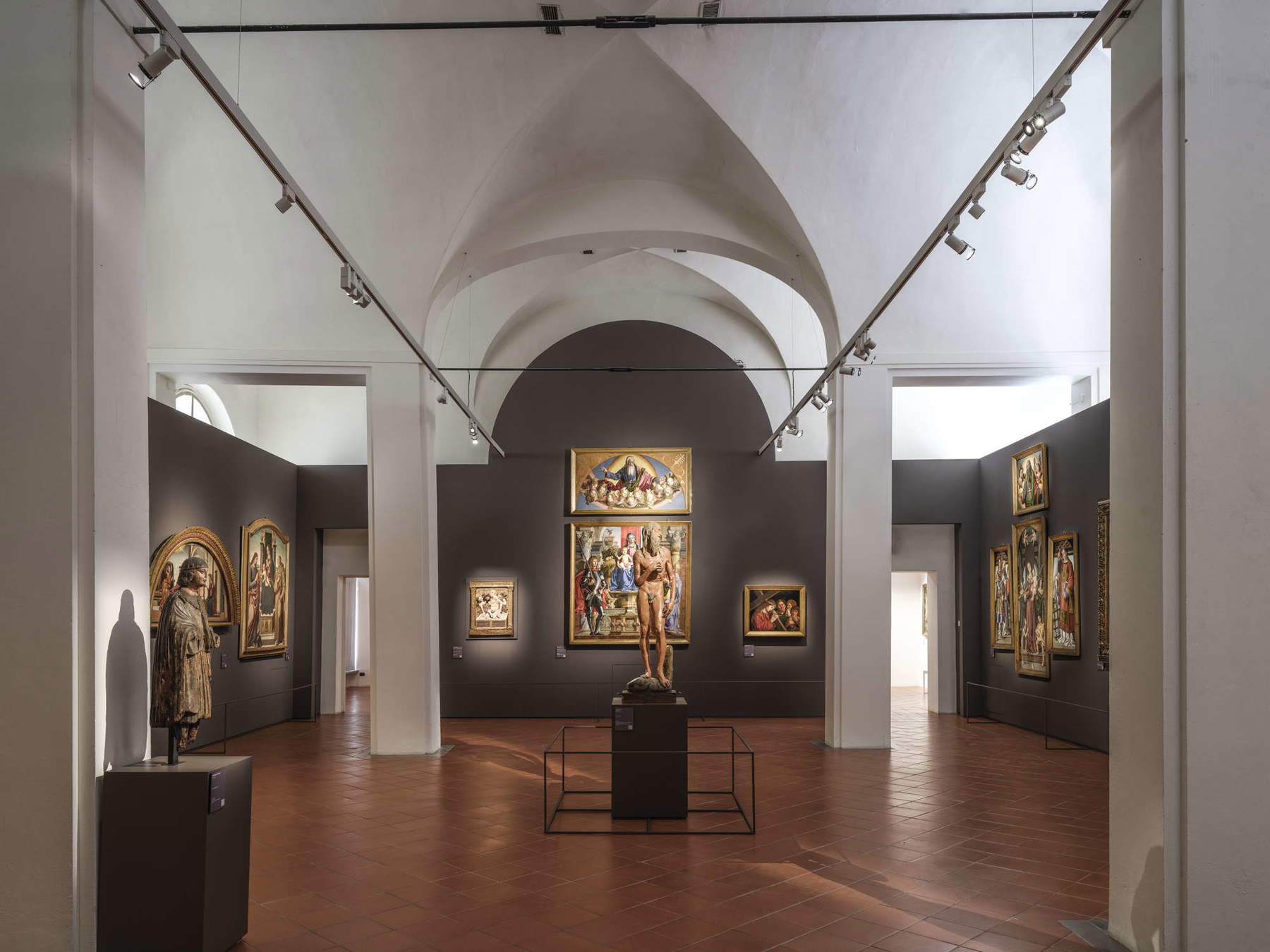
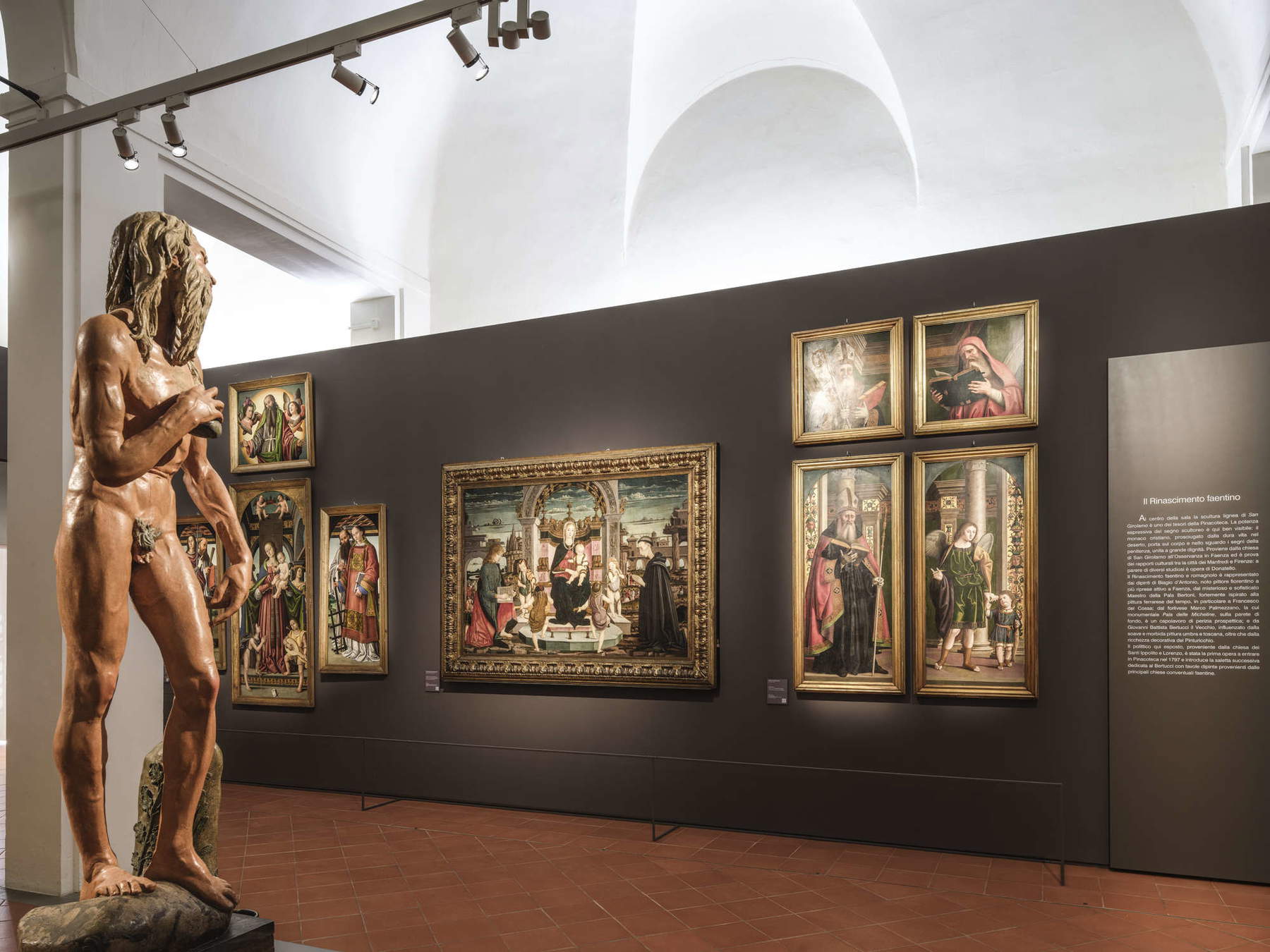
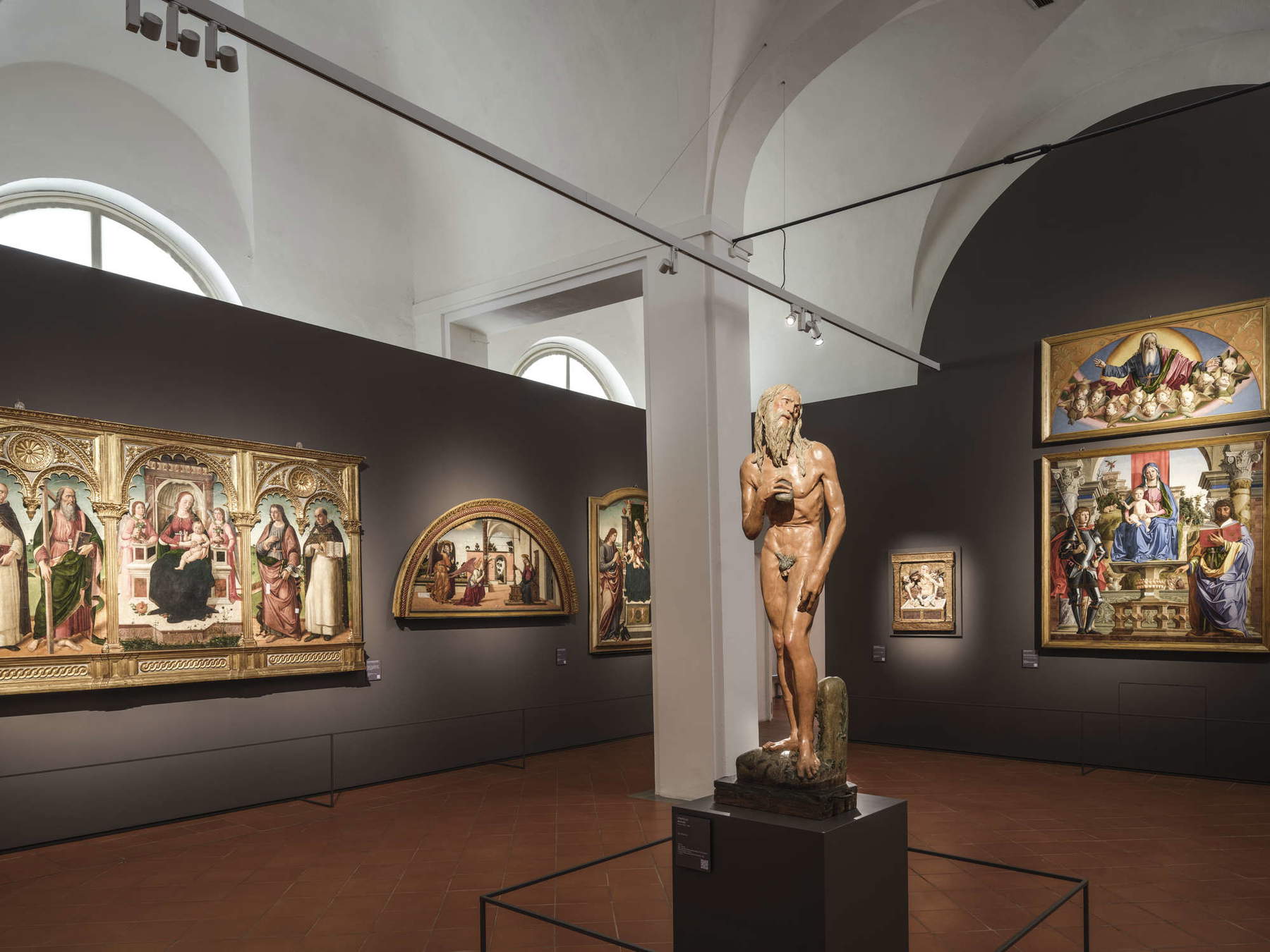
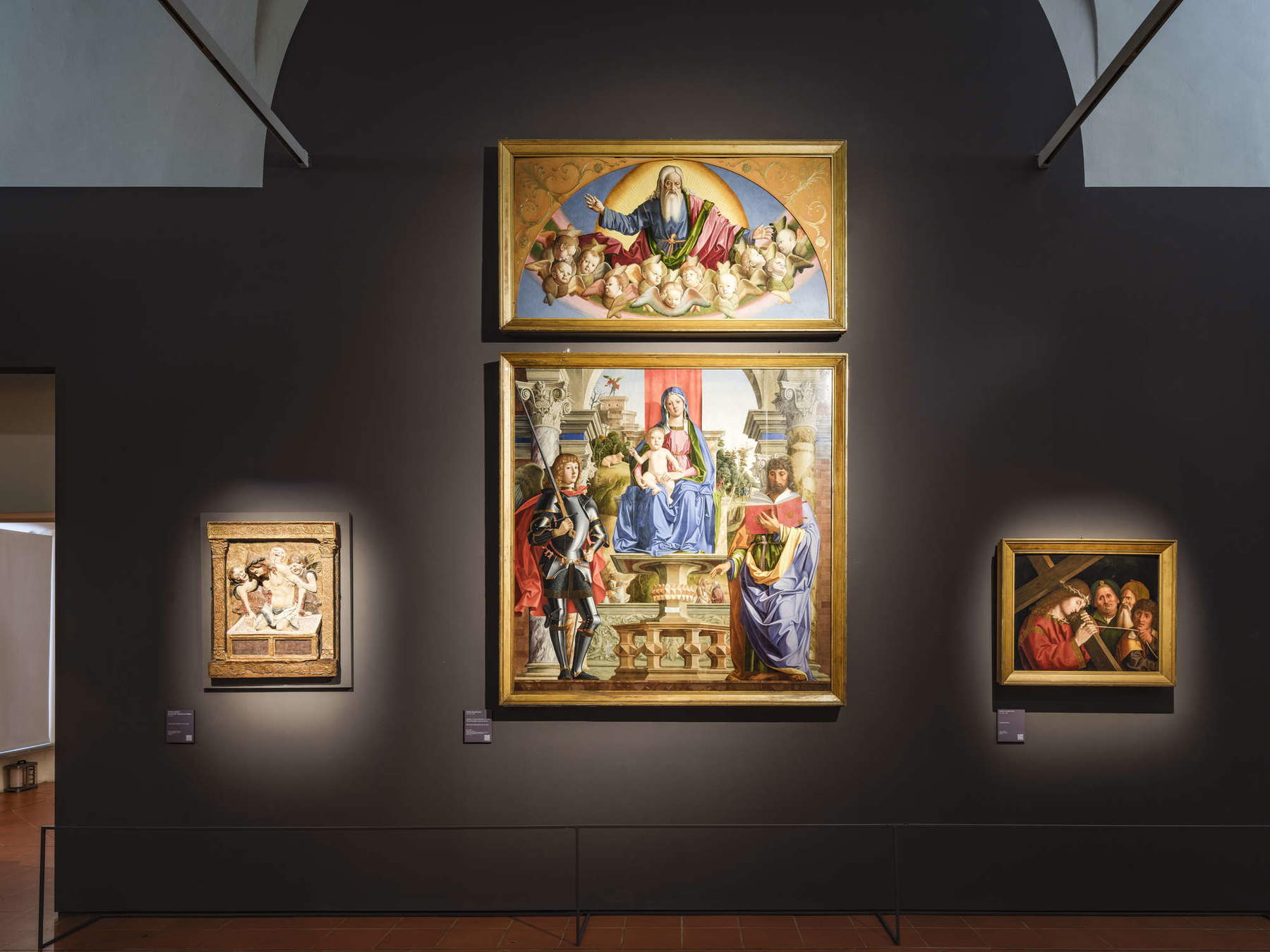
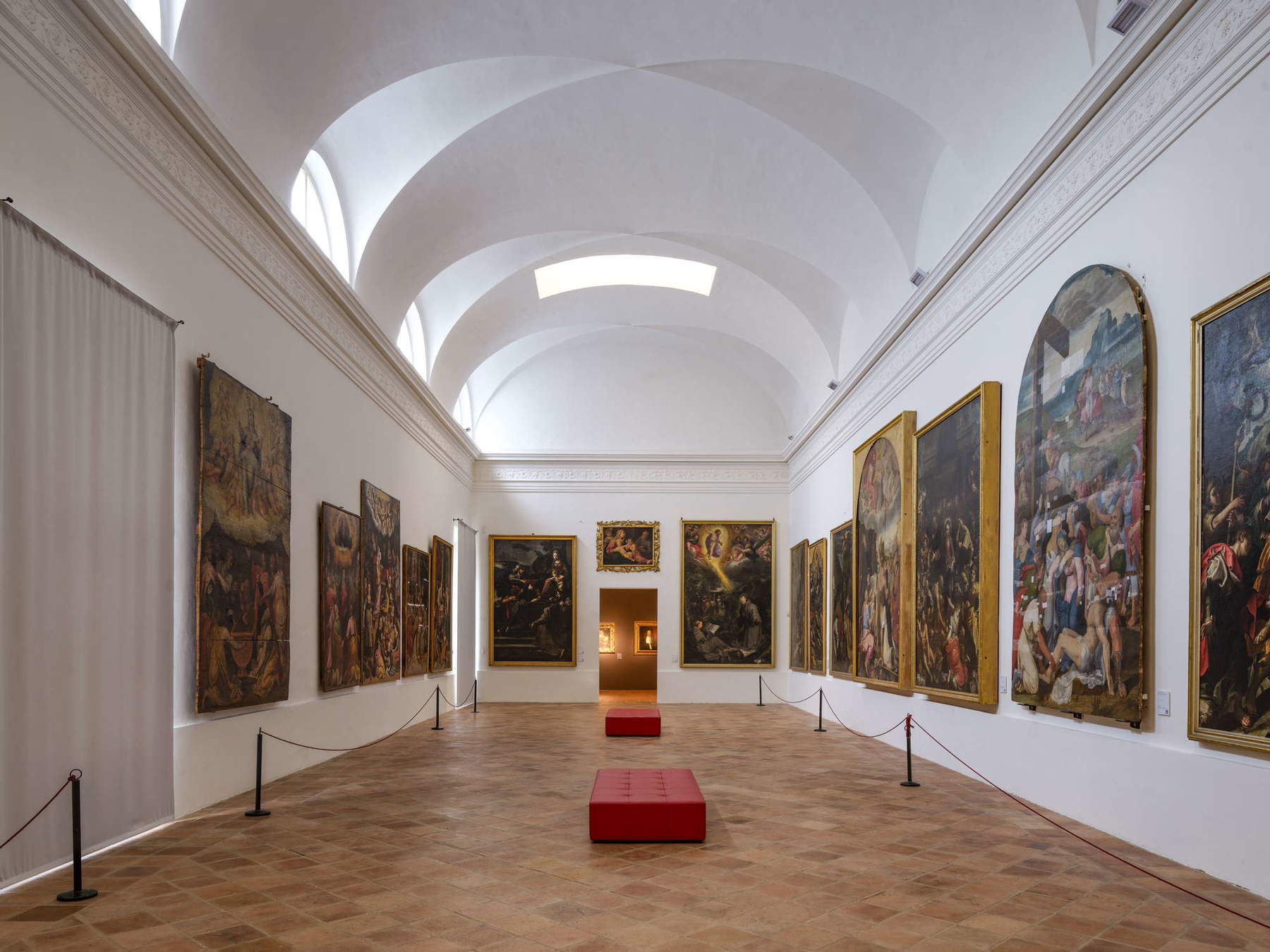
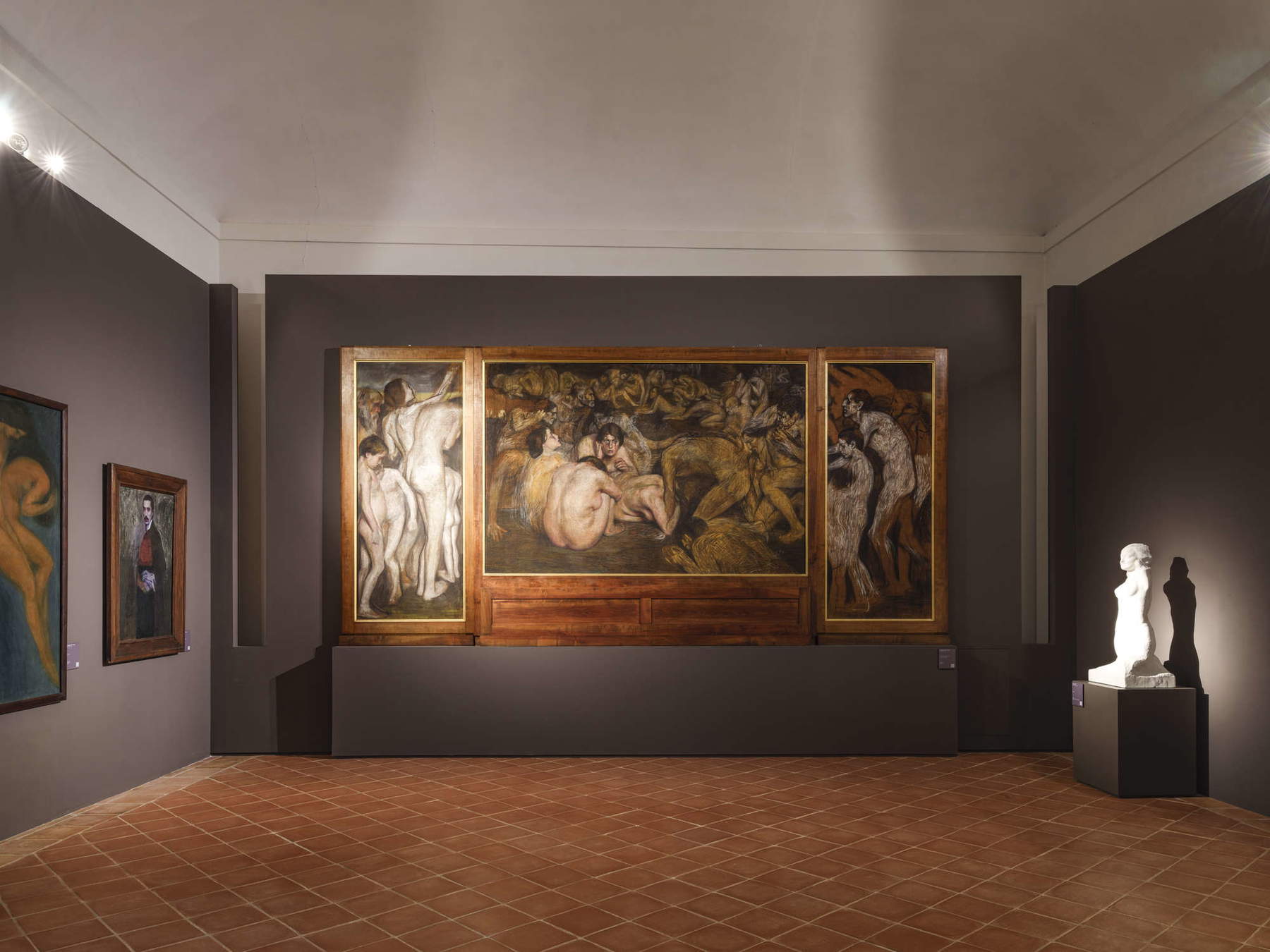
What do the rooms of the twentieth century and the collection of Augusto Vallunga and consort look like now? Why was blue chosen as the color of the walls?
The two rooms now invite meditation, to pause in front of the works, so much so that in the larger one there is even a sofa to sit on. Some drawings were removed from the exhibition for conservation reasons: works on paper cannot stay in the light too long. Instead, we have included some masterpieces, long in storage, that are part of the museum’s collection-such as Morandi’s splendid Mazzo di rose and Guido Ferroni’s Fanciulla al piano-to build a dialogue with the masterpieces in the donation. Architecture firm Lucchi & Biserni chose dark blue for the walls, a color that promotes concentration, creating a suspended atmosphere and making the paintings on the walls stand out. In fact, thanks in part to brand-new LED spotlights that enhance the colors, the paintings have acquired a vividness that was not noticeable before.
What are the most important works from the historical collection and the Bianchedi Bettoli-Vallunga collection that can be seen on display?
We have masterpieces that could be well featured in a major international museum: De Chirico’s The Shores of Thessaly, for example, is a manifesto of metaphysical painting (dated 1926) that we are continually asked for various exhibitions. Morandi’s Still Life with Bottles and Sironi’s Periphery, exhibited side by side, converse beautifully and express two different ways of recounting loneliness and silence, but on closer inspection they are also two very poetic and abstract ways of representing architecture: one with the shapes of bottles and vases, the other with the rough, bare solids of buildings. Among the works of the second half of the twentieth century, we have the splendid still lifes by Casorati (with the rare butterfly motif) and Mafai, and on the next wall a very coherent juxtaposition of Fiume’s City with Statues and Campigli’s Stairway: in both cases the human figure is housed in an urban environment that, however, by contrast, remains stony and indifferent to feelings.
Of the works visible in this section, how many and which ones have been recently restored?
Our 20th-century works fortunately enjoy good health; at most we had to replace a frame, but for aesthetic reasons. Only Guido Ferroni’s Maiden at the Piano (from the early 1930s) was restored, on the occasion of the fine exhibition on the artist held at the Pitti Palace in Florence in 2023. The work had been in storage for a long time, the canvas was loose, and cleaning of the paint surface was also necessary.
In terms of lighting, what improvements were made?
We used Erco, a leading company in the field. It’s not just a matter of spotlights and fixtures, I would say it was a real collaboration: the systems were studied ad hoc for each room by Sergio Stocchi, a lighting specialist with the company, with designs that took into account the natural light sources, the volumes of the rooms, and the position of the works. Of course, these are very expensive interventions, which is why we had really generous donations. The new lighting in the great altarpiece room, for example, was entirely financed by Generali Arte, and we will be able to complete the next rooms thanks to the Maramotti Foundation and, again, Bucci Industries, a company from Faenza that is particularly interested in the Pinacoteca.
In addition to the renovations and fittings, has a new selection of paintings exhibited in the Pinacoteca been chosen?
Certainly: every time a room is arranged, the layout is rethought. As in almost all museums, the masterpieces are always on display, while the works that make up the “connective tissue” come and go from storage. At the moment, for example, Biagio d’Antonio’s lunette depicting theAnnunciation is at the Opificio delle Pietre Dure in Florence for a restoration that promises to be long and very complex, but we preferred to thin out that wall and intersperse Biagio d’Antonio’s large paintings with a beautiful Madonna and Child by Angelo Zoppo, which has just been restored. In the altarpiece room, we replaced Antonio di Mazzone’s panel, which had conservation problems, with Jacopone da Faenza’s St. Maglorius altarpiece, a masterpiece.
And from the point of view of educational apparatus, what criteria were followed?
Each room has an introductory panel, and the works are accompanied by essential but comprehensive captions, complete with provenance, plus a QR code that links to more in-depth sheets.
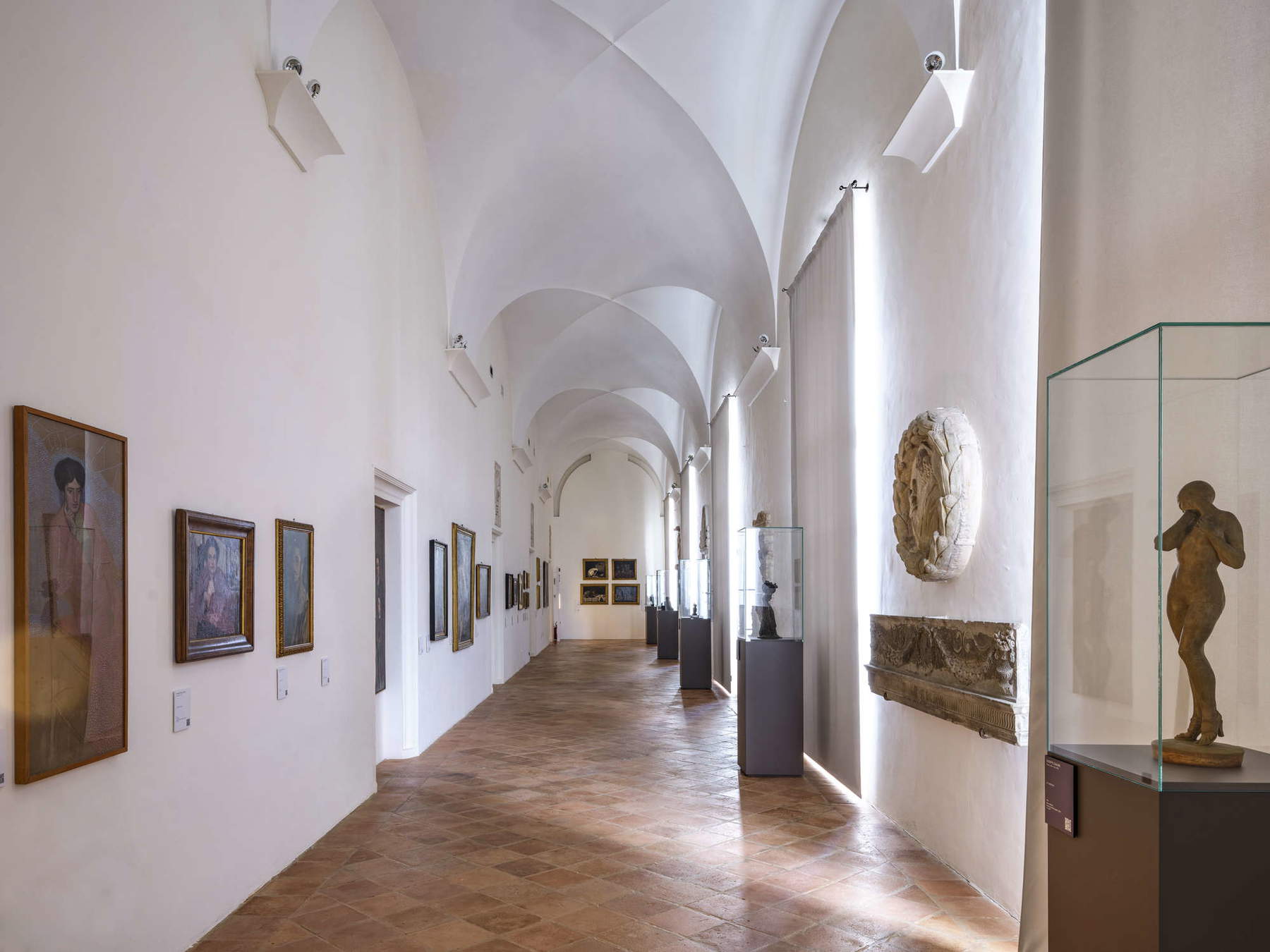
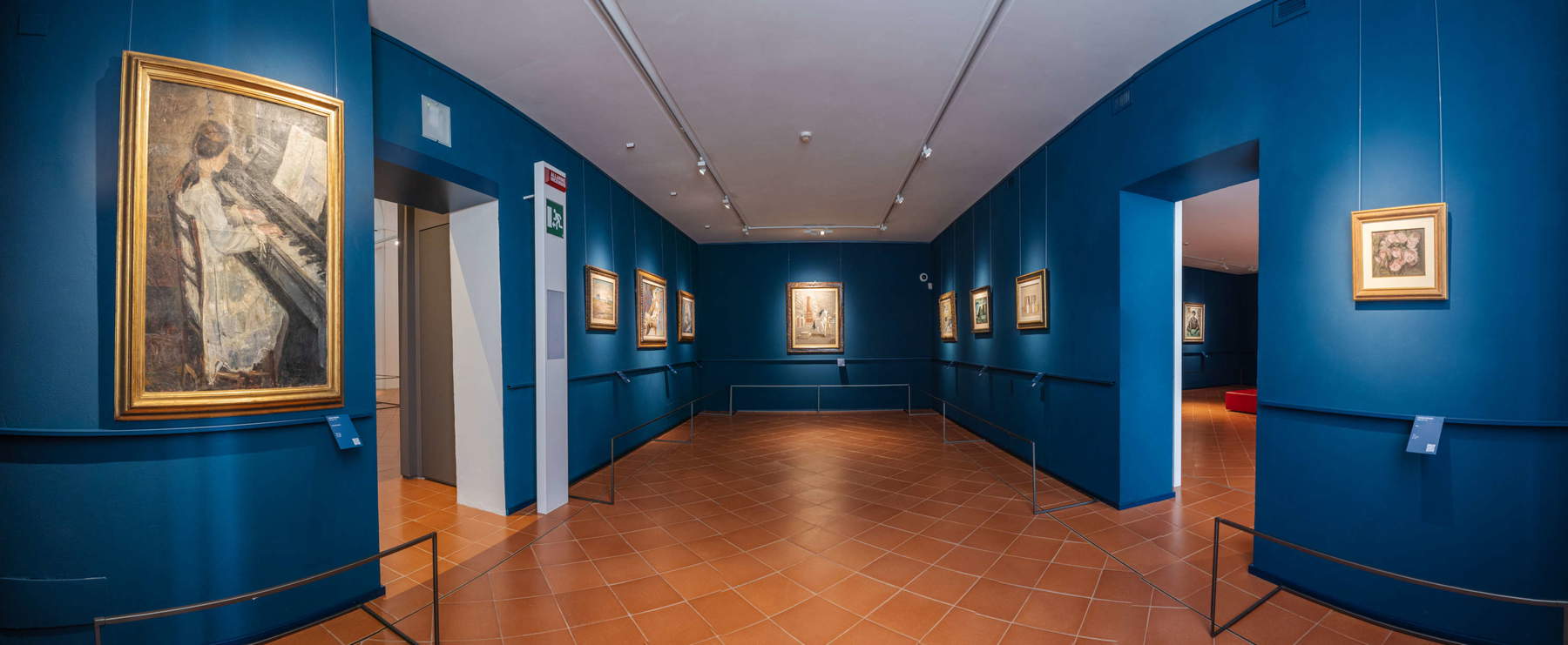
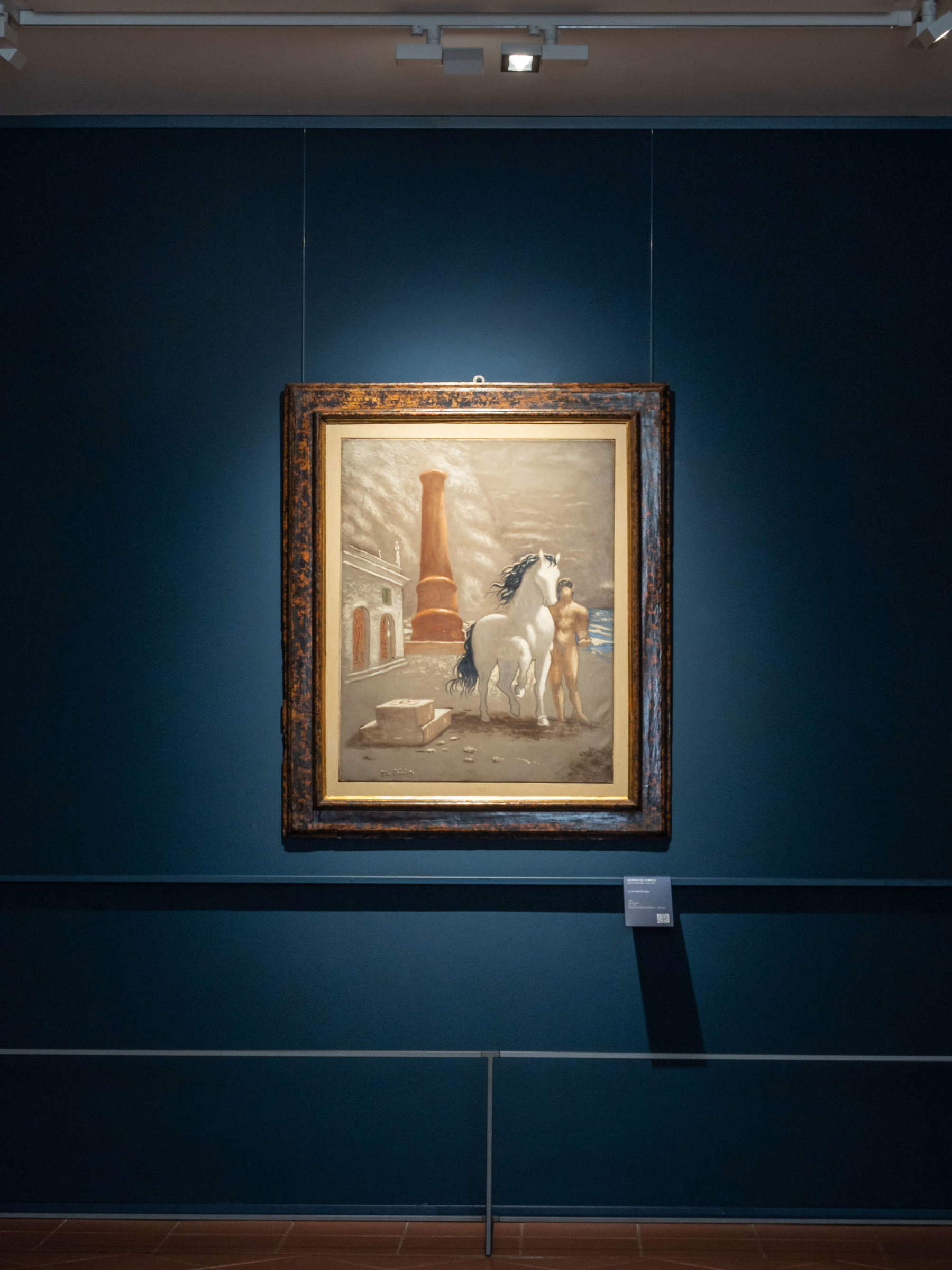
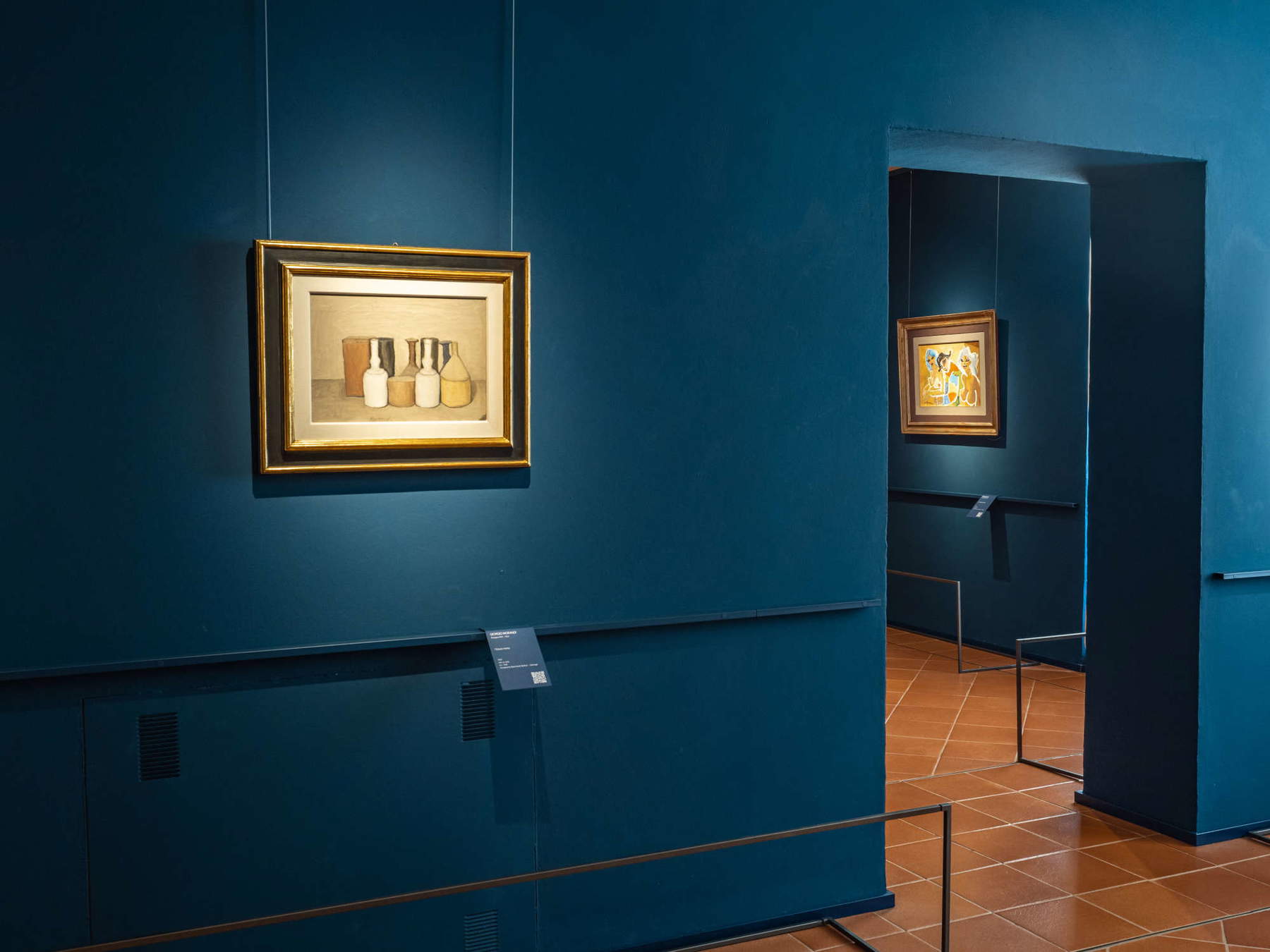
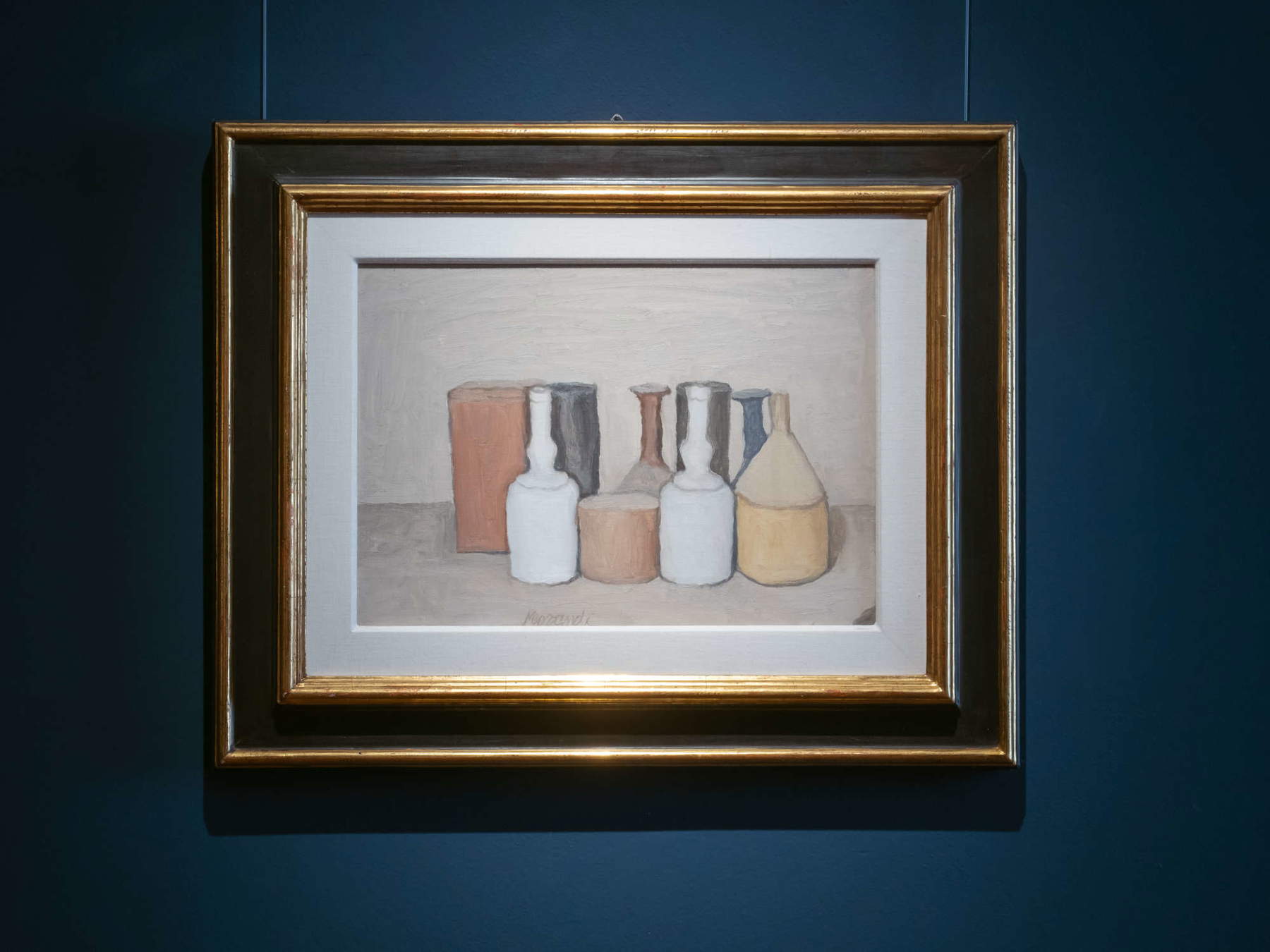
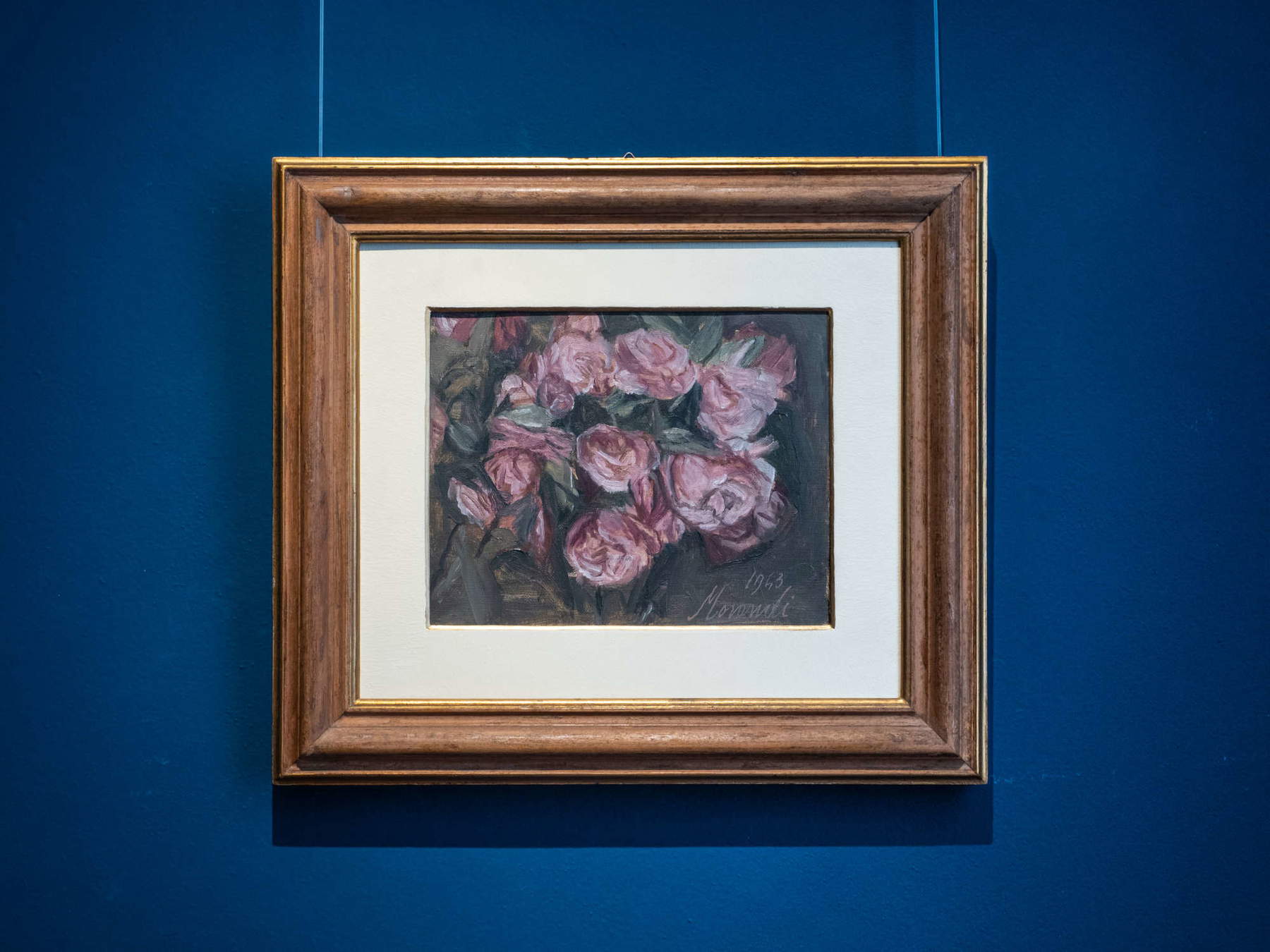
How is the Pinacoteca’s relationship with the local community? What has been your feedback regarding the new arrangements?
In Faenza, culture carries great weight. It is no coincidence that it has been called the Athens of Romagna ... plus art is in the DNA of the people of Faenza, who are accustomed to the aesthetics of shapes and colors thanks to the centuries-old tradition of ceramics. The Pinacoteca is gradually becoming a destination for citizens, also because of our excellent programs for schools, to the collaboration with high school students, called upon to act as guides in a project twinned with that of the Ambassadors of Art created at the Uffizi, to the monthly conferences, which are always very well attended (there are never less than 80-100 spectators). The new arrangements are perceived differently depending on who comes: specialists and art historians notice the changes and so far it seems to me that they have always appreciated them; visitors are gradually becoming more numerous and, it seems, are impressed by the works, which of course can now be seen better.
How important do you think a good layout is in encouraging greater attendance at a museum?
Of course it matters a lot. Meanwhile, museographic technology-which has made great strides-allows for lighting without damaging the works, which we now see much better than a few decades ago, when diffuse lighting flattened the colors. It also matters to have a security system without disturbing alarms, but with sensors and video surveillance that discreetly but effectively complement that offered by the janitors. Regarding exhibition criteria, it must be said that in the Pinacoteca di Faenza we have space limitations, and it is regrettable that we cannot show some very beautiful works that, however, if we added them, would overcrowd the walls, losing importance and detracting from those nearby. I find very fair the method used by my colleagues during Covid and which we continue to follow: thinning with a light hand, sacrificing something to enhance what really matters. The result is a clearer and more immediate narrative that helps the visitor to appreciate the masterpieces but also, if he or she wants, to discover some lesser-known work, or to dwell on a detail that was missed on other occasions.
Warning: the translation into English of the original Italian article was created using automatic tools. We undertake to review all articles, but we do not guarantee the total absence of inaccuracies in the translation due to the program. You can find the original by clicking on the ITA button. If you find any mistake,please contact us.